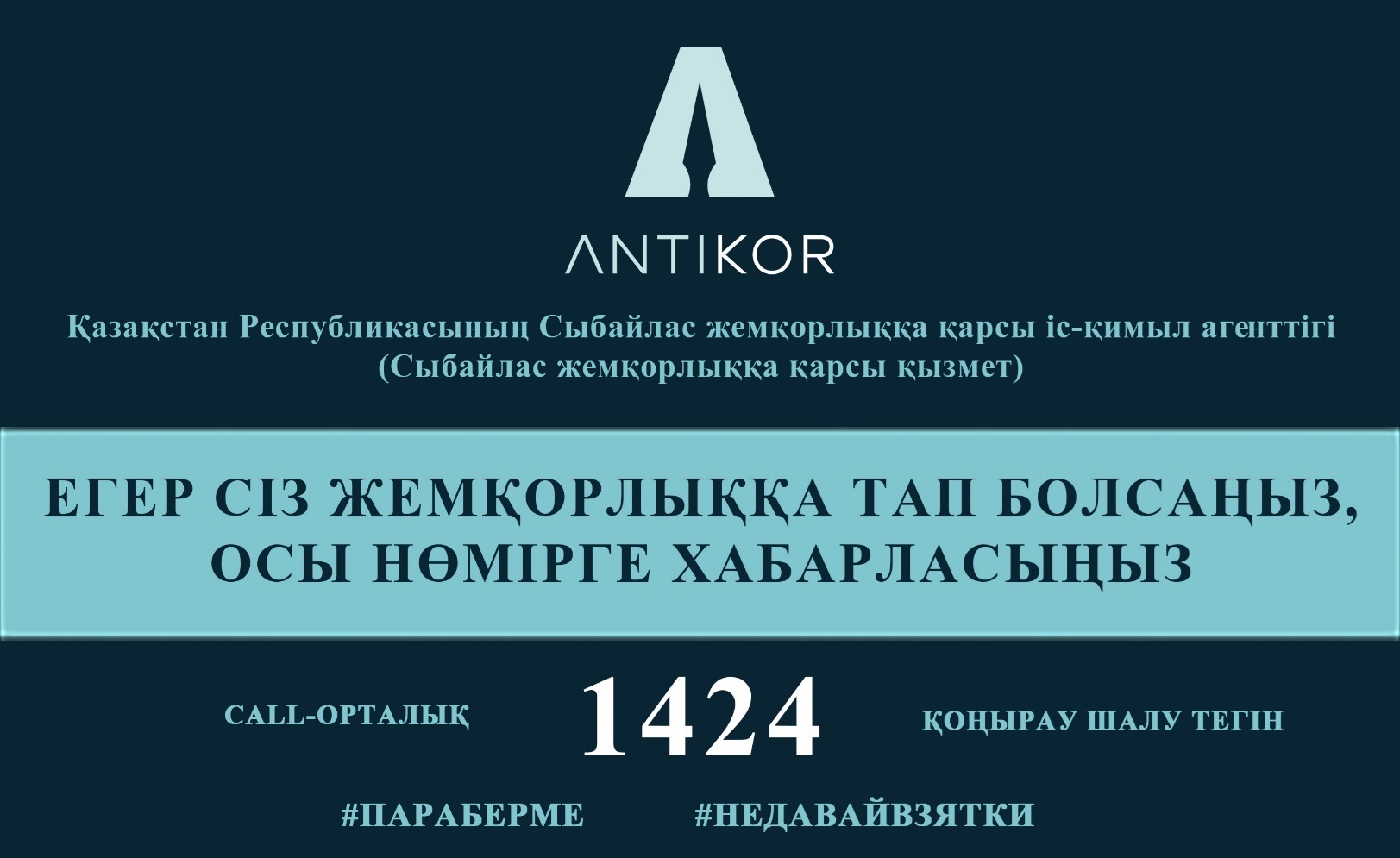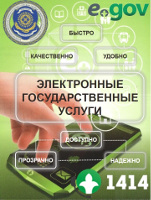
The English Teacher’s Role in the Classroom
The development of different types of new technology and new theories of education are gradually changing the way that we think about teaching. These changes pose new challenges in the world of education. The role of the foreign language teacher is also evolving. Over the years, linguistic and educational studies have led to new theories about how language is learned. We have moved on from traditional methods and grammatical translations to new methodologies that place the emotions and motivations of the student at the center. The latest theories favor a student-centered approach that conceives of language as a means of communication. In a special way, as is the case for those learning English, the importance of the communicative aspect is fundamental. English is now essential for international communication in the worlds of business, commerce, education, and tourism. It is clear that students now need to learn not only the rules of grammar, but above all, they need to be able to understand and to be understood.
The first aspect of the change in English teaching is the teacher’s role is in the centering of the learner. In fact, learning has moved from a teacher-centered to a learner-centered approach. The teacher stops being a simple transmitter of knowledge and becomes a facilitator, a tutor who guides the student in the acquisition of a foreign language. This can lead to curriculum negotiation, especially in the case of courses designed for an adult audience. Each student has different needs. A good teacher today has the task of adapting the program to the needs of the student, who is directly involved in defining the path to follow. In this way, learning a language can satisfy the particular communicative needs of the student.
As already stated, new theories of language learning leave grammar aside in favor of communication. Such an approach revolutionizes the role of the teacher. In this model, the classroom teacher assumes the role of facilitator guiding communication between the students, while providing them with the basic tools they need to carry out the conversation.
The resources that technology offers can also have an effect on the language teacher’s role in the classroom. One of these resources is the IWB (interactive whiteboard), which arrived in classrooms a few years ago, quickly becoming a milestone for innovative teaching worldwide. The IWB is a useful and versatile tool that allows teachers to save and print notes, play video and audio files, and create interactive files that make learning more fun and attractive to learners. But, the impact a IWB has on students in a classroom depends on how the teacher uses the device. Using an IWB requires initial effort, but proper use makes an IWB an excellent aid for cutting-edge teaching. Many useful online platforms for learning English offer teachers ideas for creating games and exercises. Many of these platforms are used by language teachers to help students expand their vocabulary and learn grammar rules without getting bored. A simple click offers teachers a wide range of possibilities.
https://blog.abaenglish.com/the-english-teachers-role-in-the-classroom-what-is-changing/
Kissanova Z.



 Мектепке дейінгі балалар ұйымына жолдама қалай алуға болады
Мектепке дейінгі балалар ұйымына жолдама қалай алуға болады
 Мектепке тіркеу үшін құжаттарды қабылдау
Мектепке тіркеу үшін құжаттарды қабылдау

 «Orange Day» сынып сағаты
«Orange Day» сынып сағаты














